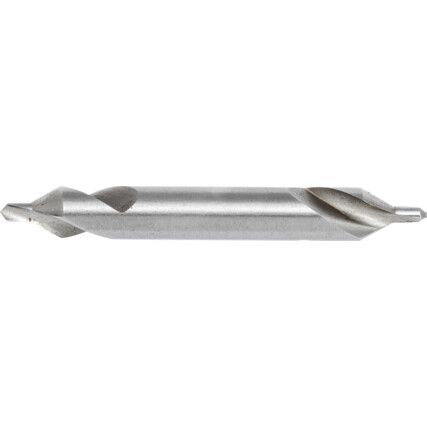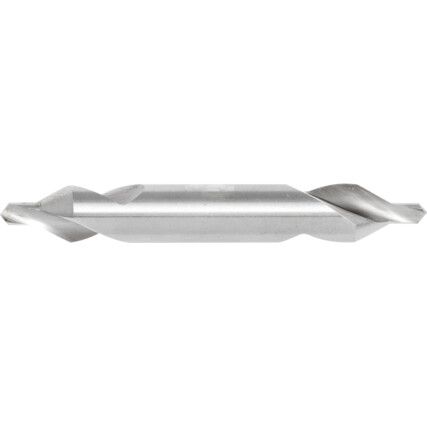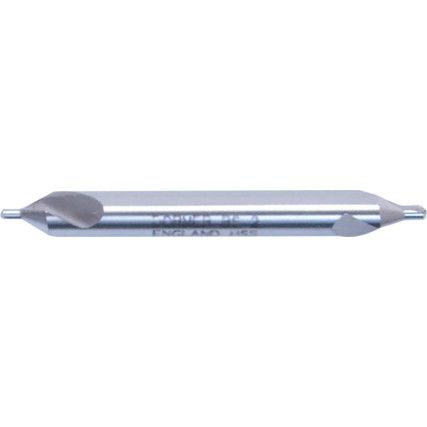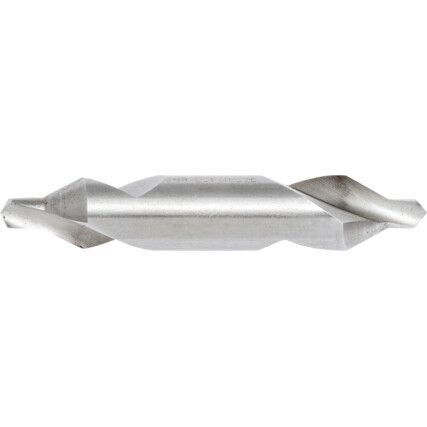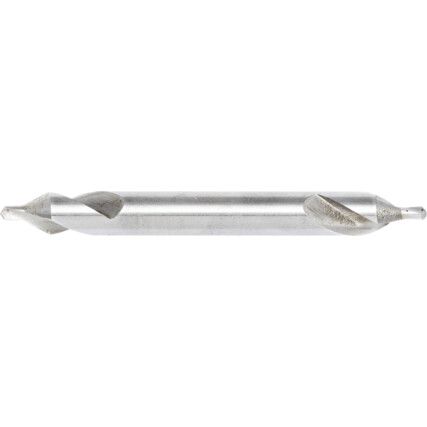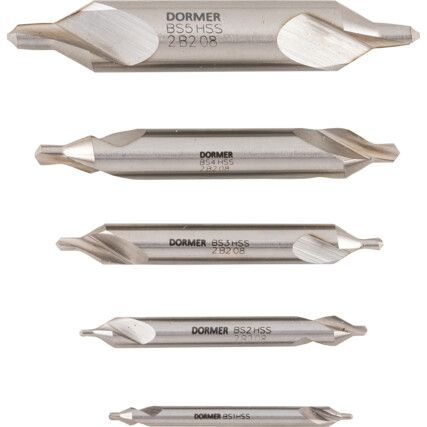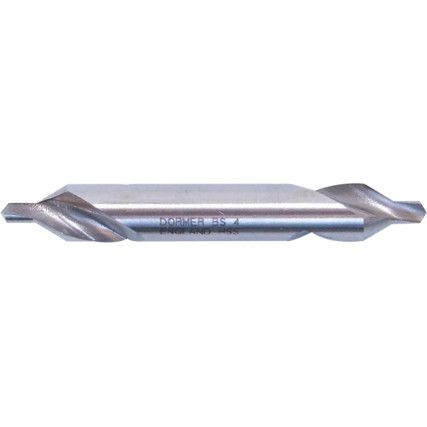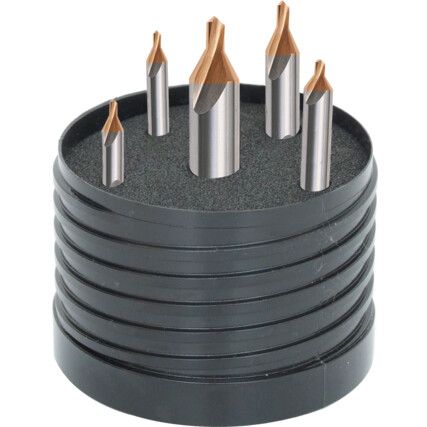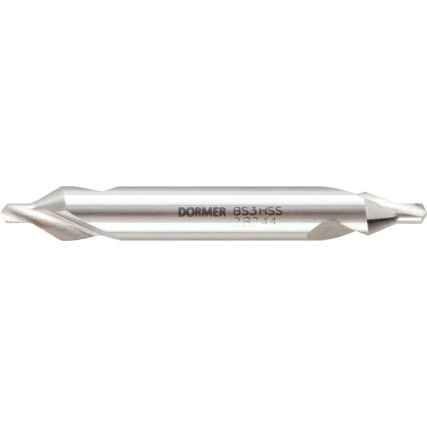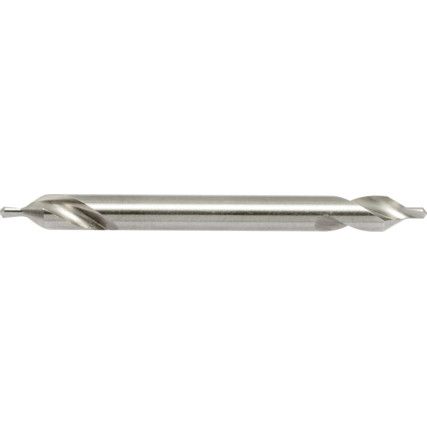Centre Drills
Alternatively known as Slocombe drills, centre drills are typically double-sided drills with a 60-degree, stepped point. Usually operated in a lathe with either a drill chuck or collet chuck, they were originally designed for countersinking the holes required to for tailstock centres but are useful in a range of applications.
When are centre drills used?
The purpose of the centre drill is to create an accurate centre hole in the face of a job so as a live centre can be inserted to support the weight and load of the job, whilst turning it.
Centre drills can also be very useful in spotting or starting a precise hole, which will also give a chamfer on the hole; ideally used on the edge of round bar.
CNC spotting drills can be used for similar work, however spotting drills do not offer the step required for a live centre's spindle point to rotate freely.
Longer jobs generally require a live centre from the tailstock of the lathe to support the job, which prevents chatter and run out.
Centre drill types
Centre drills commonly come in two types, although there is a third type that is not as commonly used. They are:
• Type A - Used in the formation of centre holes with a 60-degree chamfer.
• Type B - Forms a hole with 2 chamfers, one measuring 60 degrees and another measuring 120 degrees. The latter helps in protecting the hole against damage that can lead to inaccuracies.
• Type R - Forms a centre hole allowing for more holding accuracy due to the contact at a single point. The trade off is that the holes load bearing capacity is reduced.
Centre drill jargon buster
We want to make it easy for you, so here are some key terms that will help you understand the range and applications a little better.
Part Terminology:
• Axis - The drills longitudinal centreline.
• Body - The area of the drill measured from the tip of the cutting end to the beginning of the shank.
• Chisel Edge - The edge formed by the intersection of the flanks.
• Face - The portion of the flute surface adjacent to the lip.
• Flank - That surface on the drill point which extends behind the lip to the following flute.
• Flutes - The grooves in the body of the drill which designed to remove chips and enable cutting fluid access to the cutting area.
• Lands- The cylindrically-ground surfaces on the leading edges of the drill flutes.
• Lip - The cutting edge.
• Point - The sharpened end of the drill.
• Cutting rotation - Determined when viewed from the point end of the drill. Right-hand cutting drill rotates in an anti-clockwise direction. Left-hand cutting drill rotates in a clockwise direction.
• Shank - The portion of the drill that is held by the tool or machine.
Measurement terminology:
• Web (Core) Thickness - The minimum dimension of the web or core measured at the point end of the drill.
• Diameter - Measured across the lands at the outer corners of the drill.
• Helix Angle - Measured from the leading edge of the land and the drill axis.
• Rake Angle - Measured from the face and a line parallel to the drill axis.
• Point Angle - The included angle of the cone formed by the lips.
• Lip Clearance Angle - Formed by the flank and a plane at right angles to the drill axis.
• Chisel Edge Angle - The obtuse angle from the chisel edge and a line from either outer corner to the corresponding end, measured perpendicularly.
• Chisel Edge Corner - The corner formed by the intersection of a lip and the chisel edge.
• Body Clearance - The area of the body surface reduced in diameter to provide diametral clearance.
FAQs
What are centre drills made from?
Centre drills can be manufactured from the same substrates you would find in typical drills. High speed steel is a common choice as it provides excellent durability.
